“L’Absinthe” is an 1876 oil painting by French Impressionist painter Edgar Degas. Born in France in the latter half of the 1800s, Impressionism revolutionized the art world with its innovative painting technique. Impressionists tried to recreate their visual impressions of reality directly on the canvas, using shifting colors to represent variations in light. The most popular subjects were city scenes, glimpses of modern life and the countryside around Paris frequented by the bourgeoisie. Unlike the impressionists, with whom he shared a penchant for scenes of contemporary life, Degas was not interested in landscapes but in subjects like ballerinas and laundresses, portrayed mostly inside typical Paris interiors.
The scene painted in “L’Absinthe” takes place in a Paris bistro. The subjects are two absinthe drinkers, an alcoholic drink demonized at the time for spreading alcoholism among the lower classes. The subjects, a homeless man and a prostitute, are seated at a table, isolated and silent. Degas wasn’t trying to make a social statement. He wanted to take a moment of everyday life and freeze it, like a Polaroid snapshot taken from a nearby table. The oblique angles of the tables zigzag through the painting, suggesting depth and drawing the spectator’s gaze in towards the foreground where the prostitute sits. Unlike other impressionists who used color to blur the details of their work, Degas clearly outlined the human figures in “L’Absinthe.” The perspective was unusual. The protagonists have been pushed to the right, as if to underline their marginal social status. Degas was inspired to take this bold viewpoint by the typical composition of Japanese painting, very much in vogue in Paris during the end of the 1800s. Henry Hill, an English captain, purchased “L’Absinthe.”
[1876]. Upon his death, the painting was auctioned at Christies and bought by a collector for a mere 180 Sterling. The painting was exhibited in London, where it was considered vulgar and repulsive. The owner, annoyed by the scandal, sold the work to Count Isaac of Camondo, who gave it to the Louvre in 1911. Today “L’Absinthe” is on display at the Musée D’Orsay in Paris.
The scene painted in “L’Absinthe” takes place in a Paris bistro. The subjects are two absinthe drinkers, an alcoholic drink demonized at the time for spreading alcoholism among the lower classes. The subjects, a homeless man and a prostitute, are seated at a table, isolated and silent. Degas wasn’t trying to make a social statement. He wanted to take a moment of everyday life and freeze it, like a Polaroid snapshot taken from a nearby table. The oblique angles of the tables zigzag through the painting, suggesting depth and drawing the spectator’s gaze in towards the foreground where the prostitute sits. Unlike other impressionists who used color to blur the details of their work, Degas clearly outlined the human figures in “L’Absinthe.” The perspective was unusual. The protagonists have been pushed to the right, as if to underline their marginal social status. Degas was inspired to take this bold viewpoint by the typical composition of Japanese painting, very much in vogue in Paris during the end of the 1800s. Henry Hill, an English captain, purchased “L’Absinthe.”
[1876]. Upon his death, the painting was auctioned at Christies and bought by a collector for a mere 180 Sterling. The painting was exhibited in London, where it was considered vulgar and repulsive. The owner, annoyed by the scandal, sold the work to Count Isaac of Camondo, who gave it to the Louvre in 1911. Today “L’Absinthe” is on display at the Musée D’Orsay in Paris.
RELATED
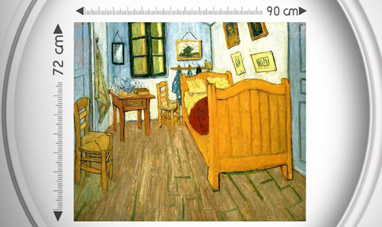

THE BEDROOM
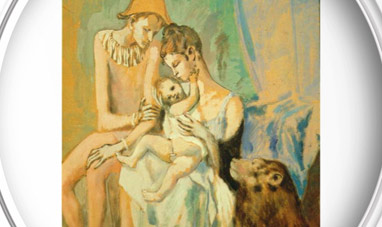

FAMILY OF ACROBATS, WITH MONKEY


BAROQUE
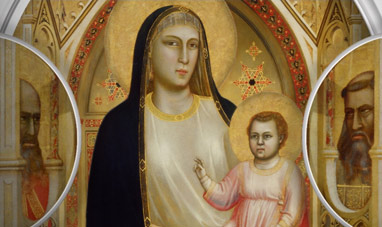

THE MADONNA DI OGNISSANTI


LAS MENINAS
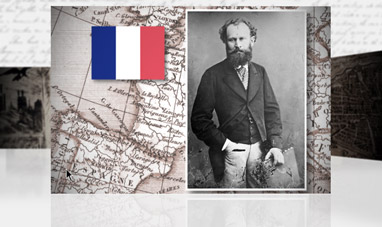

EDOUARD MANET
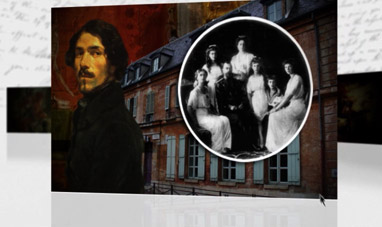

EUGÈNE DELACROIX


PARIS
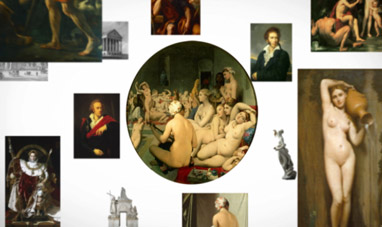

NEOCLASSICISM
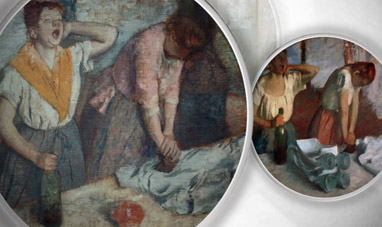

WOMEN IRONING
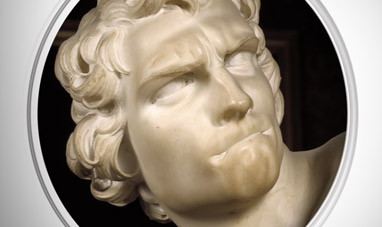

DAVID (BERNINI)


GIOTTO-S-FRESCOES-IN-THE-ASSISI-CATHEDRAL


THE THREE GRACES
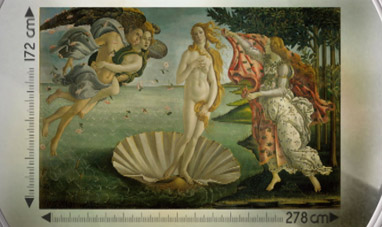

THE BIRTH OF VENUS
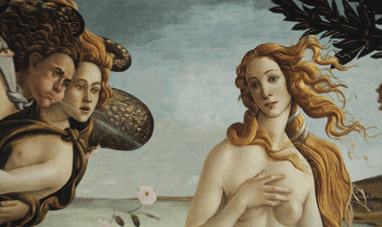

THE RENAISSANCE
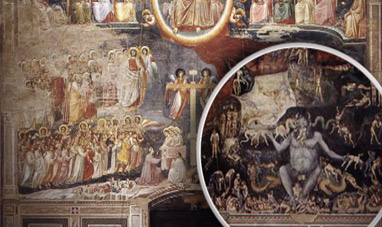

SCROVEGNI CHAPEL
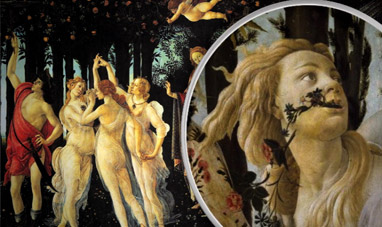

PRIMAVERA


ST. PETER'S BALDACHIN


LADY WITH AN ERMINE
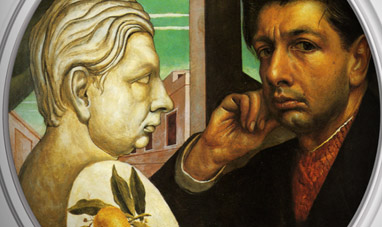

SELF PORTRAIT (GIORGIO DE CHIRICO)
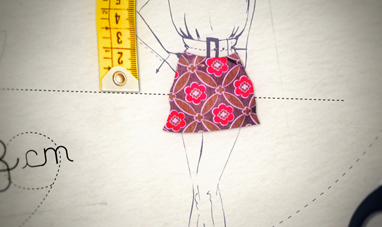

MINISKIRT


SATURN DEVOURING HIS SON
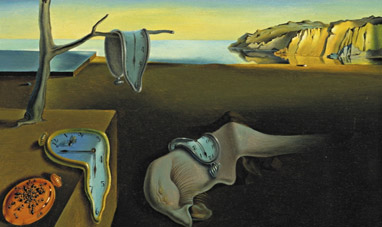

THE PERSISTENCE OF MEMORY


THE CRUCIFIX OF SANTA MARIA NOVELLA


INNOCENT X


WATER LILIES (SERIES)


STARRY NIGHT
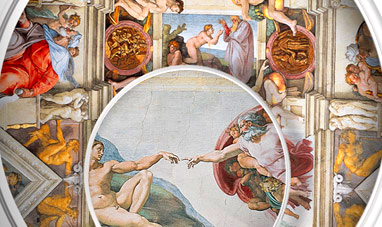

THE SISTINE CHAPEL
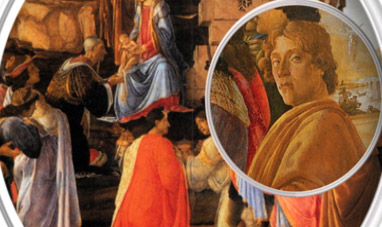

THE ADORATION OF THE MAGI
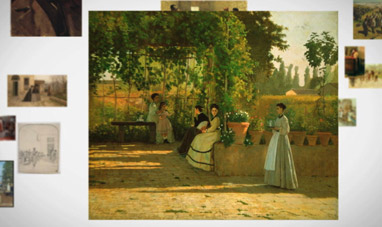

THE MACCHIAIOLI


SCORPIO
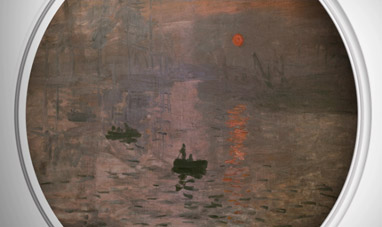

IMPRESSION, SUNRISE
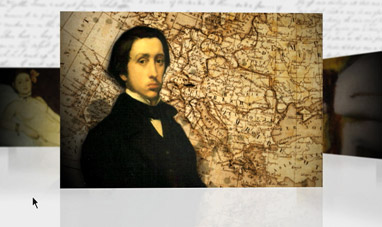

EDGAR DEGAS
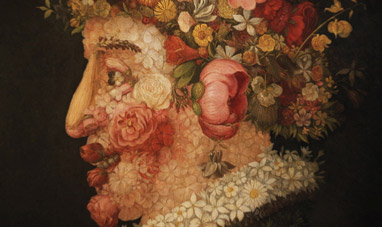

MANNERISM


YOUNG BOY WITH A BASKET FRUIT
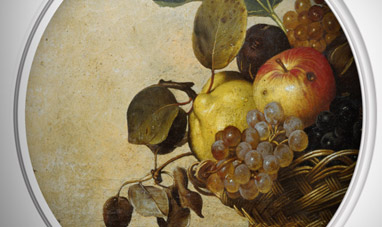

BASKET OF FRUIT
